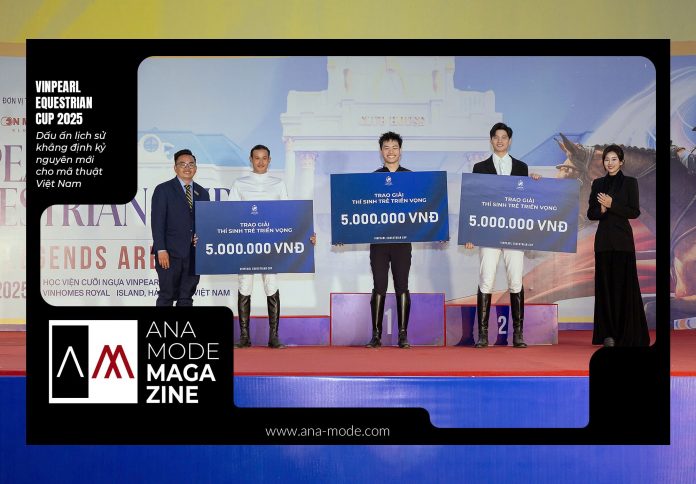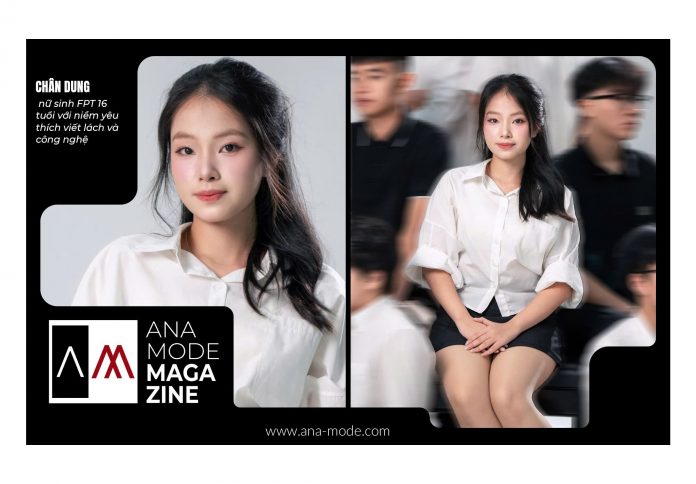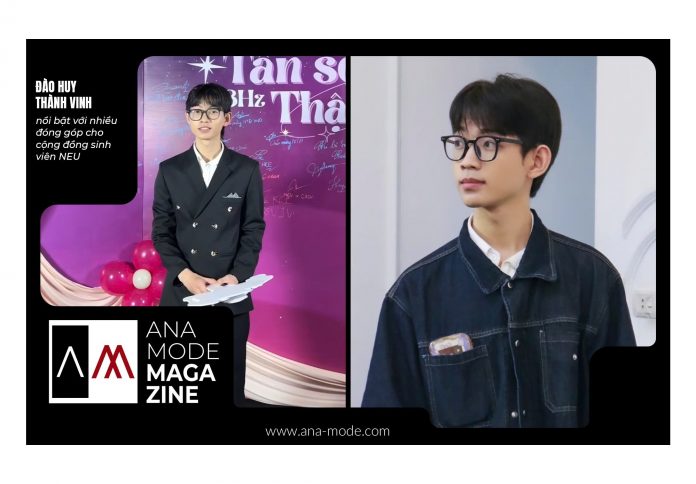A spectacular archaeological discovery has been made beneath a modern office block in the City of London: the remains of the city’s first Roman basilica have been unearthed. Dating back to around 80 CE, this 2,000-year-old public building was the political, economic, and administrative heart of ancient Londinium, the Roman settlement that preceded modern London. The foundations and walls, discovered during a redevelopment project at 85 Gracechurch Street, are described as one of the most significant pieces of Roman history found in the city in years. The discovery is a powerful testament to the city’s early investment and rapid growth under Roman rule.
The Beating Heart of Roman London
The basilica was the central feature of the forum, the Roman equivalent of a town square, which served as the hub for social, commercial, and legal activity. Its discovery reveals the early sophistication and importance of Londinium, a settlement founded around 47 CE. The excavated remains consist of substantial stone walls and foundations—up to a meter wide and four meters deep—built from Kentish ragstone and Roman tiles.

Archaeologists from the Museum of London Archaeology (MOLA) believe the unearthed section is part of the tribunal, a raised platform within the basilica where magistrates and officials conducted legal proceedings and made crucial decisions about the city’s governance. The building itself would have been massive, standing two-and-a-half storeys high, a visible symbol of Roman power and authority that would have towered over the surrounding community.
A Short-Lived, Ambitious Structure
Historical evidence suggests that this first basilica and its accompanying forum were only in use for a relatively short time, perhaps just 20 years. It was built approximately two decades after the city was sacked by the forces of the Celtic Queen Boudicca, showing the Romans’ rapid determination to re-establish a major center of power.

However, as Londinium grew quickly—eventually surpassing other settlements to become the provincial capital—this initial complex was replaced by a much larger forum and basilica in the early 2nd century CE. The current discovery offers a unique, preserved look at the first iteration of Roman civic administration, showcasing the immense scale of construction even in the city’s infancy.
A Testament to Preservation and Public Access
The location of the find, in the heart of the modern financial district, posed a major challenge for the developers, Hertshten Properties, who were planning a new 32-story skyscraper. Recognizing the immense historical value of the site, the development plans have been significantly altered. The design, in collaboration with archaeologists, has been adjusted to preserve and incorporate the Roman remains.

The plan is to excavate the entire structure and create a public exhibition and visitor center in the basement level of the new building. This commitment ensures that this “heart of Roman London” will not be buried again but will be made accessible to the public, allowing visitors to walk through the foundations and connect with the city’s 2,000-year-old origins. This follows a trend in London where other significant Roman finds, like the Temple of Mithras (now beneath the Bloomberg headquarters), have been integrated into modern architecture.










